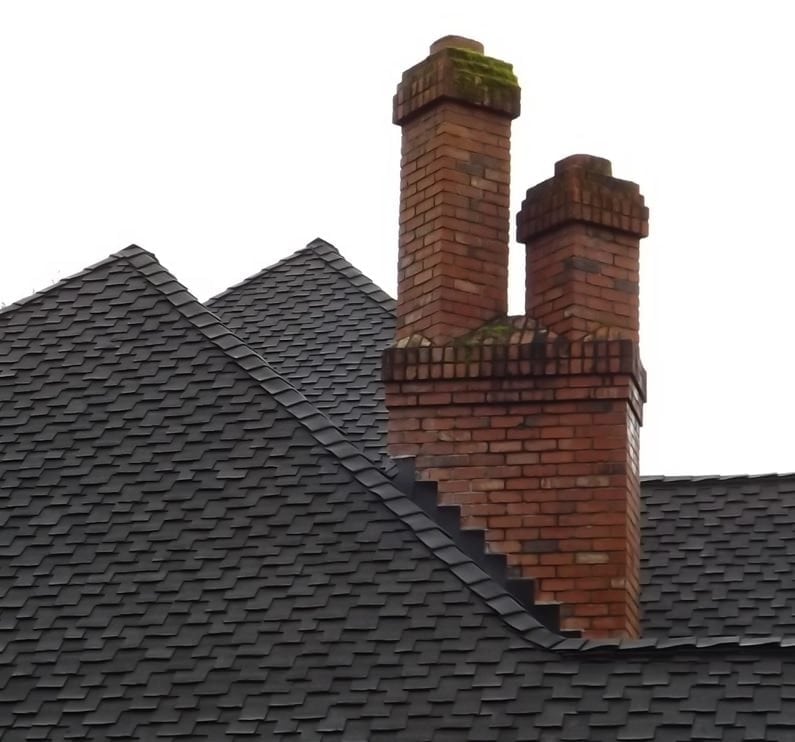
Rain can often be the inspector’s friend.
While it might not make for the most comfortable of inspections–especially a typical rainy winter day in Seattle–rain can often give the inspector information that he could only lose sleep over in the summer.
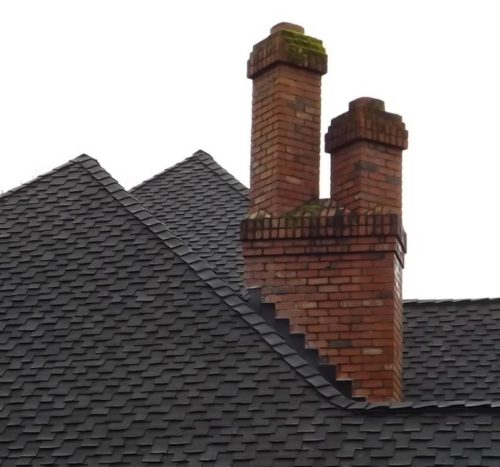 Believe it or not it is not all that uncommon, at the end of the summer to have had many weeks in a row with almost no rain in the Seattle area. When that first hard rain hits in late September or early November most inspectors don’t even want to answer the phone in dread of some missed roof leak.
Believe it or not it is not all that uncommon, at the end of the summer to have had many weeks in a row with almost no rain in the Seattle area. When that first hard rain hits in late September or early November most inspectors don’t even want to answer the phone in dread of some missed roof leak.
Those calls that begin with, “You inspected my house a couple of months ago and…..” Of course they always end with, “….now we have found another house and would like you inspect it for us.” But it seems there is that split second when you heart sinks and you wonder if you missed some problem with the roof that is only showing up now that it is raining.
I wish I could put some hard wind-driven rain in my tool bag–which I could bring out for an hour or two while I am doing the inspection–just to assist with obtaining the best information about the home.
Of course this is not possible and I have to rely on secondary methods–analyzing stains and other indications of past leaks. While I might be able to prepare my client for the “possibility” of problems to come–it becomes difficult to say for sure that the stains mean anything at all.
This whole business is even more problematic with new construction or new roofs–where there simply is no “history” to go by.
Some time ago, I inspected a home–a very expensive home–with a brand new architectural 50 yr laminated roof. One would like to think, that it being new, it would be perfect—especially one as expensive as this grade of shingle is.
It was pouring down rain during most of the inspection and the roof was WAY to steep to get on–14/12 pitch and–like I said–raining cats and dogs. But again, because it was new–confidence was high that all would be OK. Plus, because it was so steep, it could pretty easily be seen from a ladder at the eaves and with binoculars. Of course details around chimney penetrations were difficult to assess.
The picture above is of one of the three brick chimneys on the home–and from the outside the chimneys looked pretty good.
Once I got in the attic, I suddenly stopped complaining about the rain (even though it was mixed with snow) and realized what a friend the rain had been. By now I was nearing the end of the 6 hour inspection and my hands were completely thawed out from testing outside faucets and wrestling my cold wet ladder around the house.
All three chimneys were visible in the attic and had staining similar to the one pictured here.
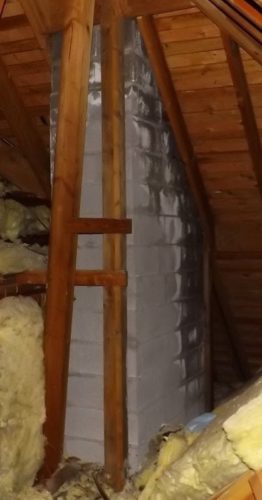
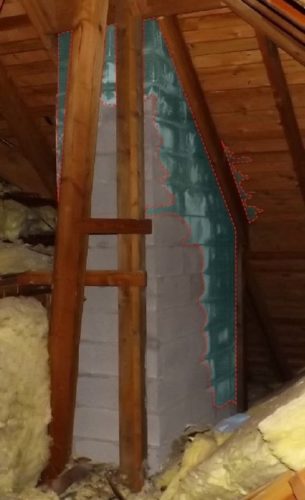
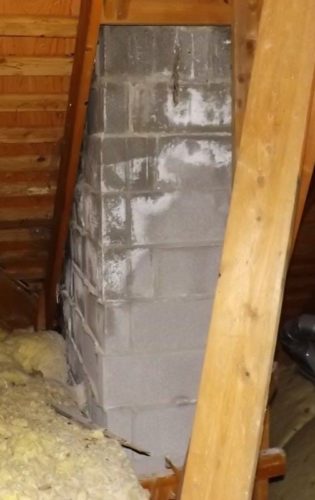

The “highlighted areas” are surfaces of the chimney that were saturated with water and wetting the insulation around the base in some locations. One thing that inspectors will look for in attics (and document) is any historical staining on the woodwork around the chimney. The framing and roof sheathing around these chimneys had surprisingly little staining given the amount of water running down the sides.
Fortunately there was also no evidence of its doing damage to finish ceilings and walls in the areas below–but it will if it does not get fixed pronto.
In other words, the water had not been doing this for very long. Something was seriously wrong with the flashing details around the chimneys.
Hopefully the roof replacement is still under warranty.
This time it will be the roofer getting the call instead of the home inspector.
By Charles Buell, Real Estate Inspections in Seattle
If you enjoyed this post, and would like to get notices of new posts to my blog, please subscribe via email in the little box to the right. I promise NO spamming of your email! 🙂